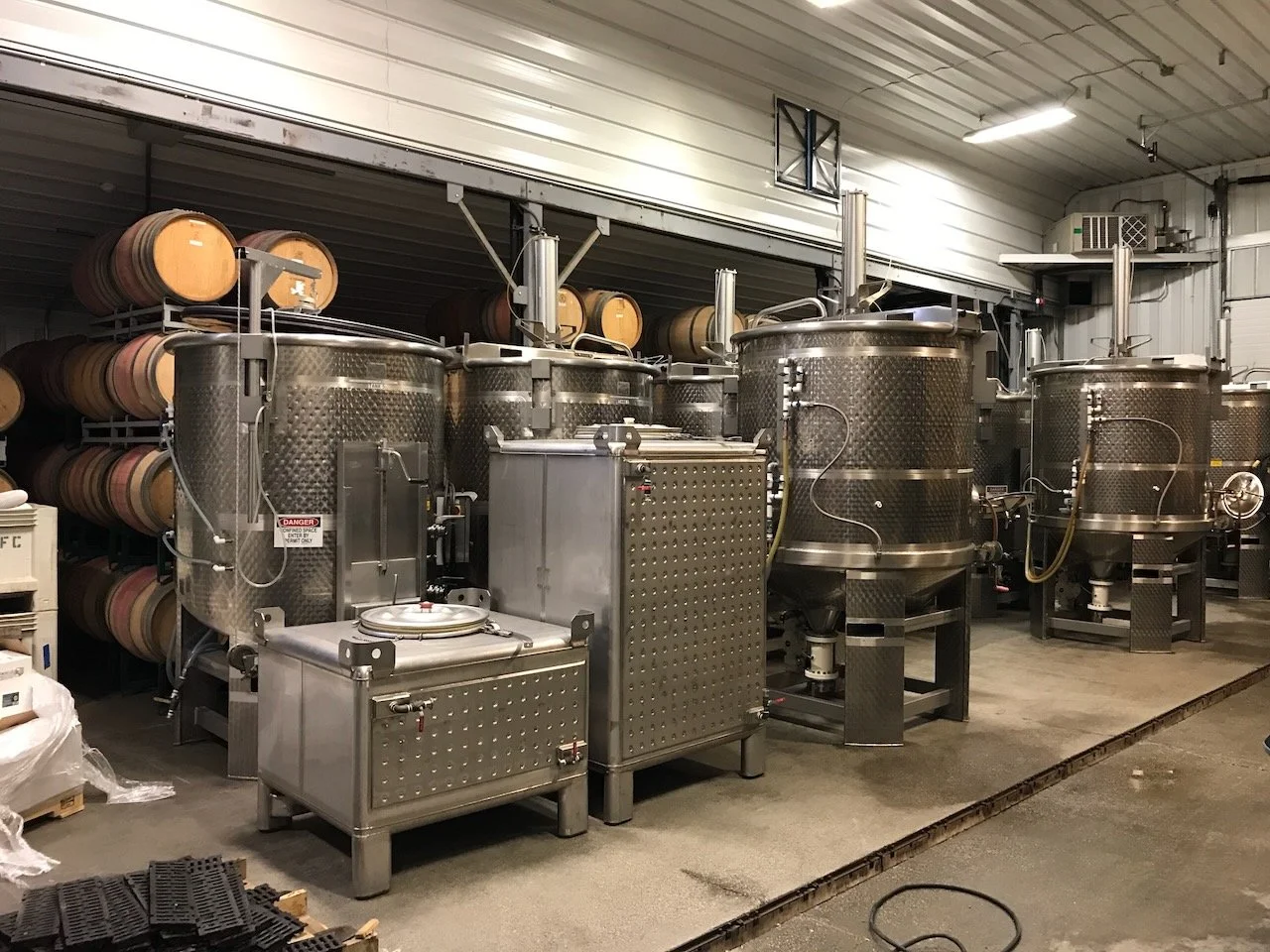There are lots of wines being produced. Just look at the wine aisle at your local grocery story or wine shop. And then, look at how many different Chardonnay wines are offered. And how many Cabernet Sauvignons there are. And so on.
But, these wines are all different. Some Chardonnay’s are subtly different and others are hugely different. Same goes for the Cabernet Sauvignons. So, why are the Chardonnay’s different and why are the Cabernet Sauvignon’s different. It’s not always the grape, but instead how the wine maker uses the grape.
Here are just some of the factors that wine makers use that affect the final taste of the wine:
Whether the grapes were removed from the stems for fermentation or fermented as whole clusters
The fermentation vessel used - stainless steel tanks or oak barrels
The length of time the grapes soak (aka macerate) in their own juice
The length of the fermentation process and the temperature of fermentation
Whether the fermented wine undergoes Malolactic Conversion or not
How long the wine stays in contact with the dead yeast cells (aka resting on lees)
How long the wine is aged
The vessel used for aging (stainless steel versus oak)
The type of oak used in aging (French oak, American oak, Hungarian oak)
The filtering or ‘fining’ process used
The amount of time the wine spends in the bottle before being shipped for sale
Again, this is just an abbreviated list of variables in the wine making process. But it certainly illustrates the reasons that no two makers of a varietal wine end up with the same result. Cheers!


